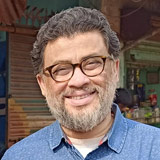Bengali diaspora laments close down of Gurusaday Museum
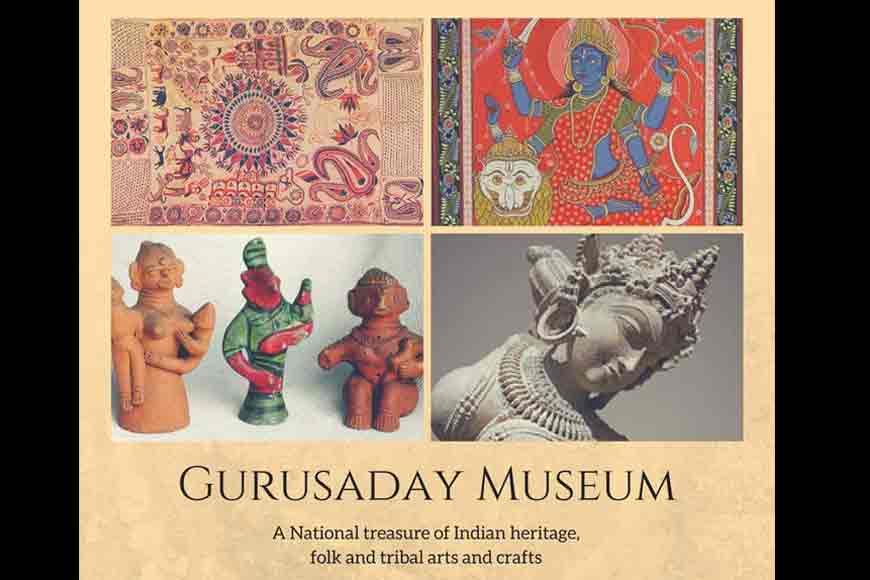
When was the last time you stopped your car, on way to some plush resorts in Raichak or Amtala off Diamond Harbour Road and dropped in at the Gurusaday Museum? While the social media has gone viral with the worldwide Bengali diaspora lamenting: ‘O My God!’ what’s happening in Bengal! ‘So sad’ or ‘Why the State Government is not taking any action to preserve the museum,’ etc, I do wonder what we as a perceived culturally enlightened community did to talk about the treasures of this museum over the past few decades. How many of us visited, bought tickets to view the 3,300 pieces of Bengal’s art and craft that the museum harbours?
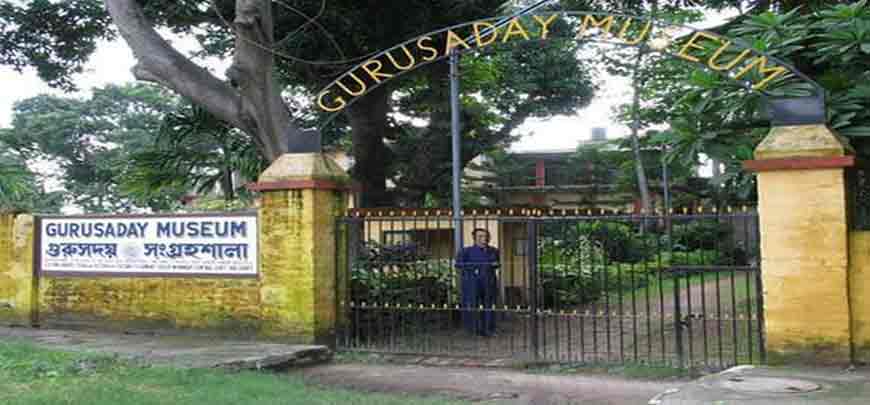
This museum is on the verge of closure, as the Central Government has refused to fund it any longer.Did you know that this museum is literally a treasure trove of undivided Bengal’s indigenous art and craft, painstakingly collected over years by an Indian ICS officer, Gurusaday Dutt?
Due to my association with Gurusaday Museum on various issues since 2003-04, I was keen to know and share why Bengal is in the process of losing an iconic museum. I am relieved that Bengalis are feeling at least sad that a part of undivided Bengal might get lost. I am also a tad bit weary about the sketchy information shared on social media by a national online news portal.
Dr Bijan Mondal, the museum’s executive secretary was categorical in explaining the present status. All the 13 employees of the museum have been working without salary since October 2017. “We could not even pay our security guards, and we are running from pillar to post, from Central government to State government to stop this heritage museum from closing down, but to no avail,” he said. The Union Ministry of Textiles wrote in a letter dated 29th November 2017, that the agreement Gurusaday Museum had with the Office of Developmental Commission, Handicrafts, gets revoked.
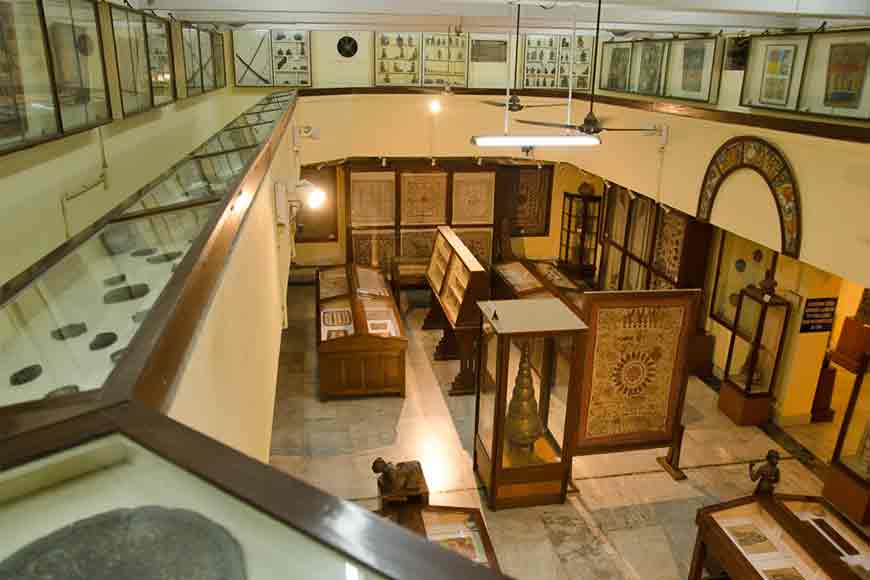
The museum only earns around 1-2 lakhs per annum through selling tickets. This dismal amount itself shows the museum had very few visitors, though it stands in a South Kolkata locality and is convenient to reach. As Mondal pointed out: “The highest ever fund allocated for the museum by the Central Government was 45 lakhs and upkeep of around 3,300 items in the collection needed 46 lakhs per annum. So anyway, we were paying from our pockets and from the little that we earned through selling tickets. Now if the whole funding is stopped, then there is no way that the museum can raise funds to preserve the collection and pay salaries.”
We shout and yell on the social media but do not have the time to buy a ticket and visit the museum. Who will think of the upkeep of the priceless artefacts, textiles, scrolls, manuscripts that the museum houses? The Bengal lovers are suddenly feeling sad and have started protesting on the social media!
Now let me tell you what is in the museum that all of us are suddenly worried about.
It has on display six different forms of kantha: sujni, durjani, baitan, arshilata, rumal, and lep. The most prized kantha in their collection stands in the middle of the main hall. It is an exquisitely embroidered double-sided sujni kantha from Khulna district of Bengal, dating back to 19th century, depicting the then Bengali society. It is complete with views from the andar to bahir mahal, a hunting scene, wild animals and Indian and British soldiers. There are 16th century painted scrolls or patachitra depicting regional versions of mythic tales, priceless palm leaf manuscripts, handwritten and printed, as well as richly crafted manuscript covers from the 16th century, depicting the Dasamahavidya and Dasavatara. Gurusaday Dutt not just collected scrolls, but painstakingly noted down the lyrics of the narrative songs that were sung along with them.
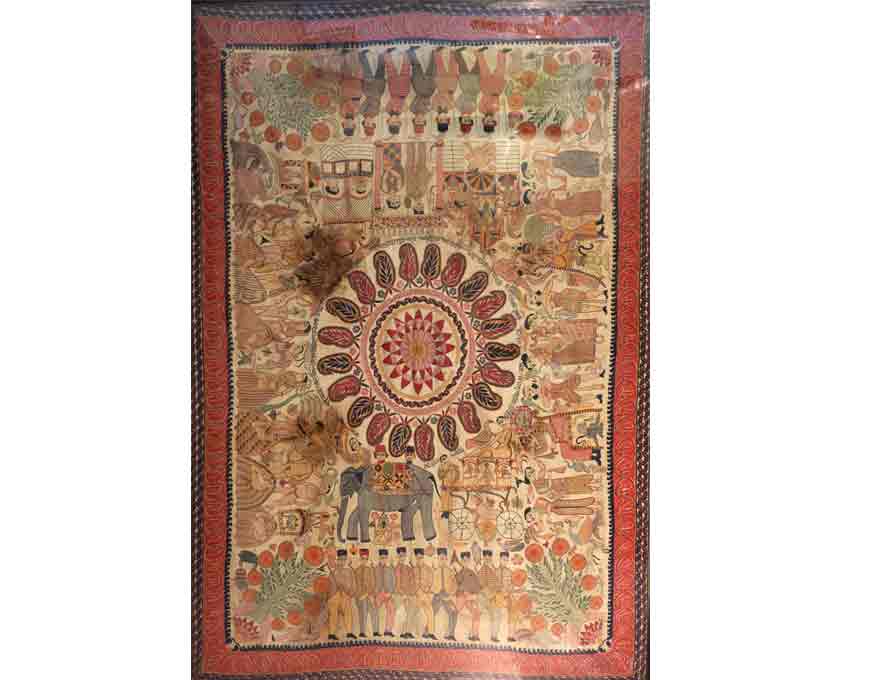
All these centuries-old priceless artefacts need funds for maintenance, else they will get damaged, destroyed and lost forever. Despite knowing such maintenance costs can run into lakhs, the Central Government’s Ministry of Commerce mentioned in their last letter of communication to Gurusaday Museum in December 2017, that they had paid the museum for all these years and hence feel the museum is self-sufficient enough to run on its own.
In 1984, an agreement was signed between the Bratachari Samity and the President of India, deciding a committee would be formed to run the museum that was overseen first by the Ministry of Commerce and later by Ministry of Textiles. Out of the 15 members of the committee, 8 members represented the Government of India. What is surprising is that the Chairman of the committee and the additional development commissioner had visited the museum in August last year and had promised the funds would be soon allocated. “I asked them when we would get the fresh funds; they assured me we would soon get it. Even in a letter dated 31st October, they wrote the funds are being processed and they would be given by December. We had written to PMO also and they forwarded our letters to the grievance cell,” said Dr Mondal. Despite all these efforts and promises, letter of revoking the agreement landed in December.
We claim to be a culturally enriched diaspora but when it comes to individual contributions to conserve and preserve, we prefer mourning and yelling on the social media but isn’t it for decades that we indirectly helped in the loss of our culture and vision?
Bratachari Samity, that had given up the museum to the Central government in 1984 is a non-profit voluntary organisation and hence is in no position to fund, reason enough why they had handed over the priceless collection to the Central government. As art historian Debdutta Gupta points out: “If Gurusaday Museum is shut down, it will be a huge loss, not just for the priceless collection, but also for loss of a vision. Dutt was an ICS officer under British Government, yet he was a Swadeshi at heart. Just like Kshitimohan Sen and Jamini Ray were influenced by Rabindranath Tagore and went around searching for indigenous art and craft from the villages of Bengal, Dutt also did so for years. The timeline of this collection is a very important chapter in the history of Bengal’s art arena. It is a disgrace if the museum shuts down, not just loss of a vision, but of a culture!’






